Rafael Aranda, Carme Pigem and Ramon Vilalta (RCR Arquitectes) were awarded the 2017 Pritzker Prize. It is the 2nd time that this prestigious prize goes to a Spanish Architect (Rafael Moneo was the 1996 winner).

Rafael Aranda, Carme Pigem & Ramón Vilalta (RCR Arquitectes), the 2017 Pritzker Architecture Prize Laureates
The Pritzker Architecture Prize is awarded annually to honor a living architect or architects whose built work demonstrates a combination of those qualities of talent, vision, and commitment, which has produced consistent and significant contributions to humanity and the built environment through the art of architecture.
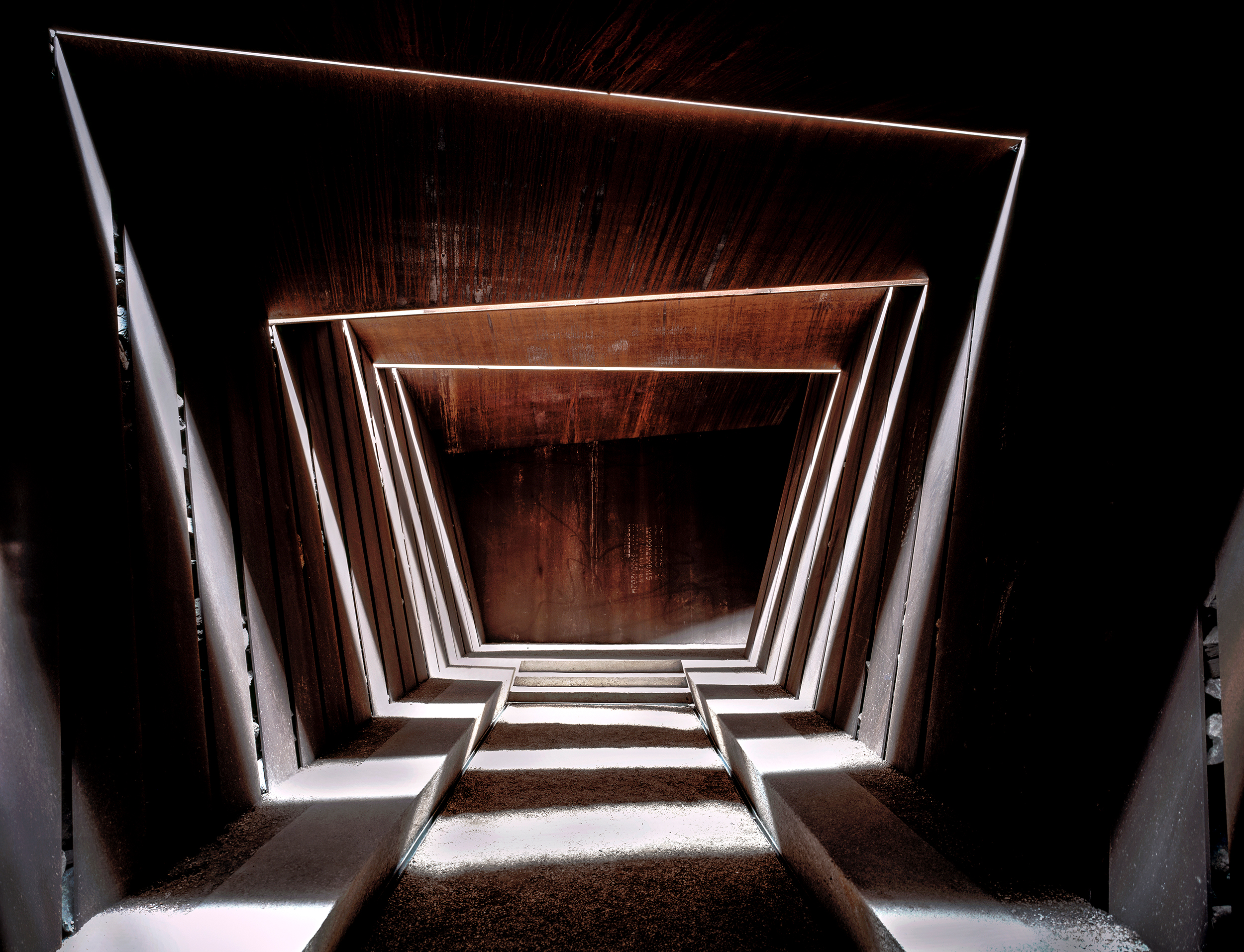
Bell–Lloc Winery, 2007, Palamós, Girona, Spain
The three architects have worked closely together for almost 30 years in a deliberate and thoughtful approach to architecture.
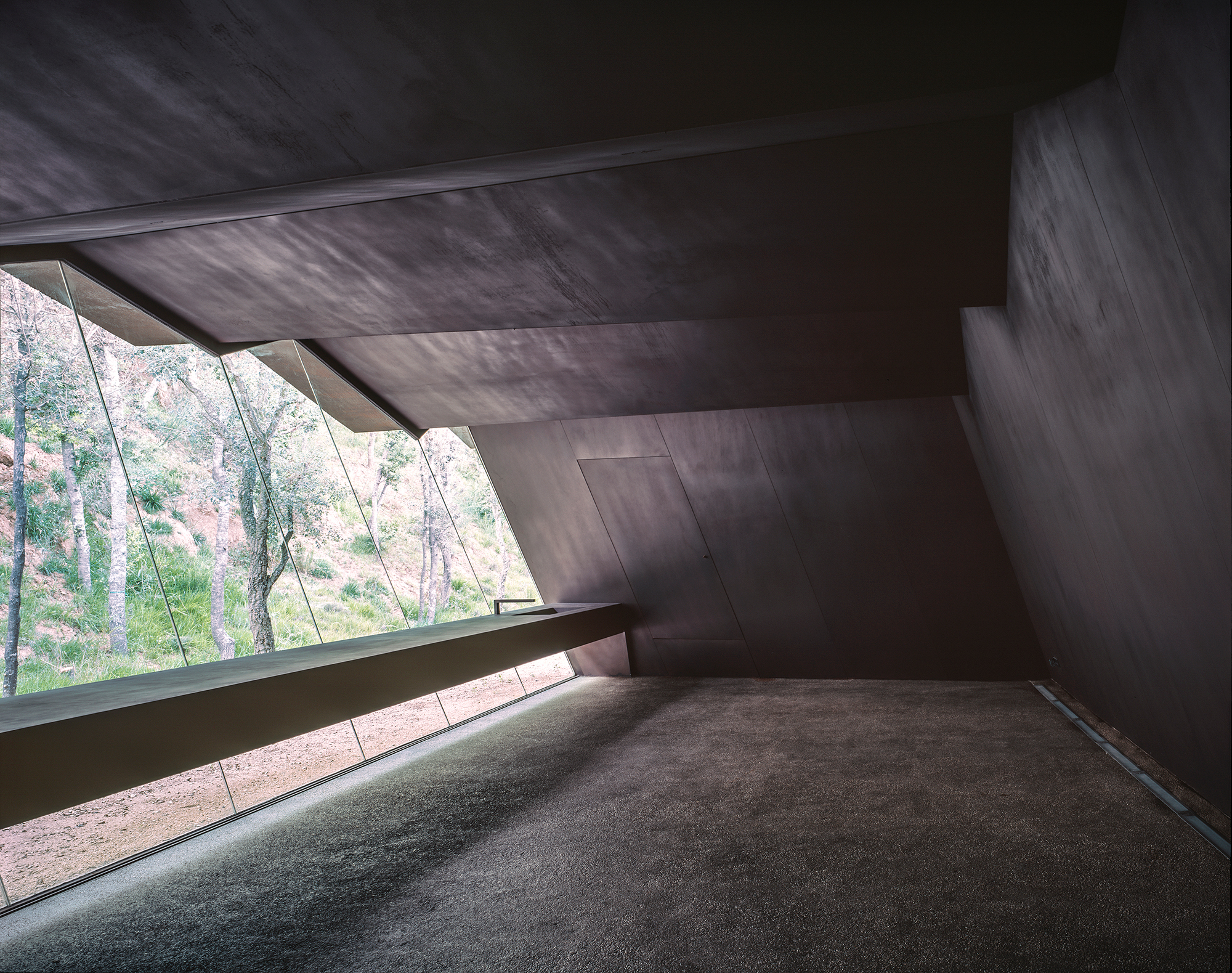
Bell–Lloc Winery, 2007, Palamós, Girona, Spain
What sets them apart is their approach that creates buildings and places that are both local and universal at the same time.

Lake Pavilion, 2001, Llagostera, Girona, Spain
Based in Olot, Catalonia, Spain, they have developed a process in which neither a part nor whole of a project can be attributed to one partner, it is a true collaboration. Their creative approach is a constant intermingling of ideas and continuous dialogue.

La Lira Theater Public Open Space, 2011, Ripoll, Girona, Spain In collaboration with J. Puigcorbé
Each building designed by these architects is special and is uncompromisingly of its time and place.

Les Cols Restaurant Marquee 2011 Olot, Girona, Spain
Their works are always the fruit of true collaboration and at the service of the community. They understand that architecture and its surroundings are intimately intertwined and know that the choice of materials and the craft of building are powerful tools for creating lasting and meaningful spaces.
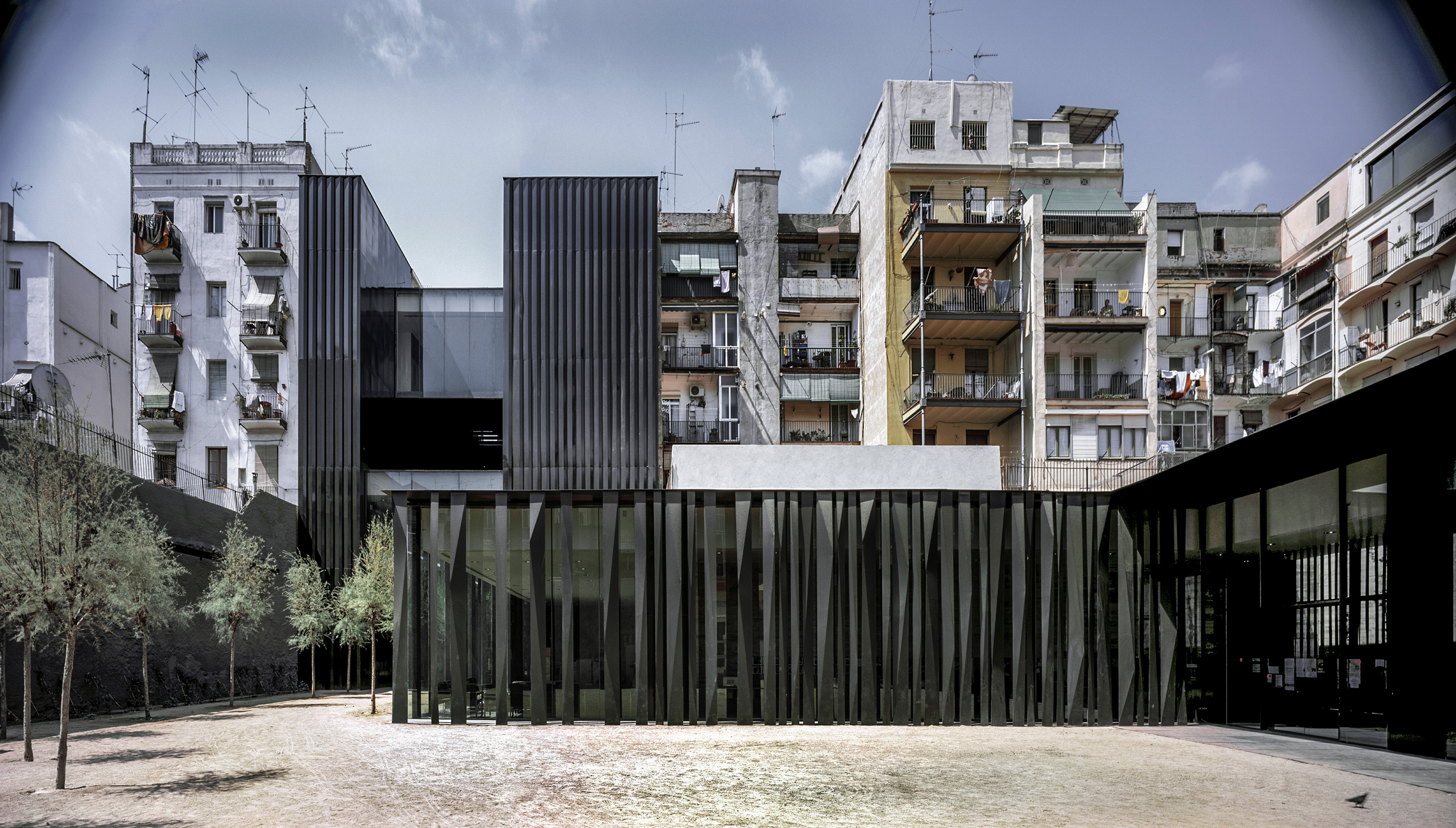
Sant Antoni – Joan Oliver Library, Senior Citizens Center and Cándida Pérez Gardens, 2007, Barcelona, Spain
The Catalonian trio has an extraordinary ability to express the local, but also the universal, uniting us with one another through architecture.

Shadow Space Lotus Blau, 2005-2007, Santa Colona de Farners, Girona, Spain
The architects have also tackled important works outside their home in Catalonia. They have built in Belgium and France. The Soulages Museum (2014) in Rodez, France, for example, houses the works of the abstract painter Pierre Soulages and forms a symbiosis with the artist, who seems to paint with light. This building of steel and strong geometric shapes cantilevers over the site, seeming to defy gravity and like many of their other works is in dialogue with the landscape. The architects have sought to createa space that is as close to nature as possible, enhancing our sense that we are part of it.

Soulages Museum, 2014, Rodez, France In collaboration with G. Trégouët
The architects have built the museum almost entirely of coarse steel plate, inside and out, a material that they have worked with extensively, as in their Les Cols Restaurant in Olot. The Cor-Ten for the exterior is burnt in appearance, creating a mottled, painterly effect and echoing some of the battered, acid-etched plates for Soulages engravings.
The 2017 Pritzker Prize Jury Citation states, in part:
we live in a globalized world where we must rely on international influences, trade, discussion, transactions, etc. But more and more people fear that because of this international influence we will lose our local values, our local art, and our local customs Rafael Aranda, Carme Pigem and Ramon Vilalta tell us that it may be possible to have both. They help us to see, in a most beautiful and poetic way, that the answer to the question is not “either/or” and that we can, at least in architecture, aspire to have both; our roots firmly in place and our arms outstretched to the rest of the world.









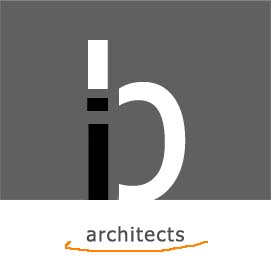


























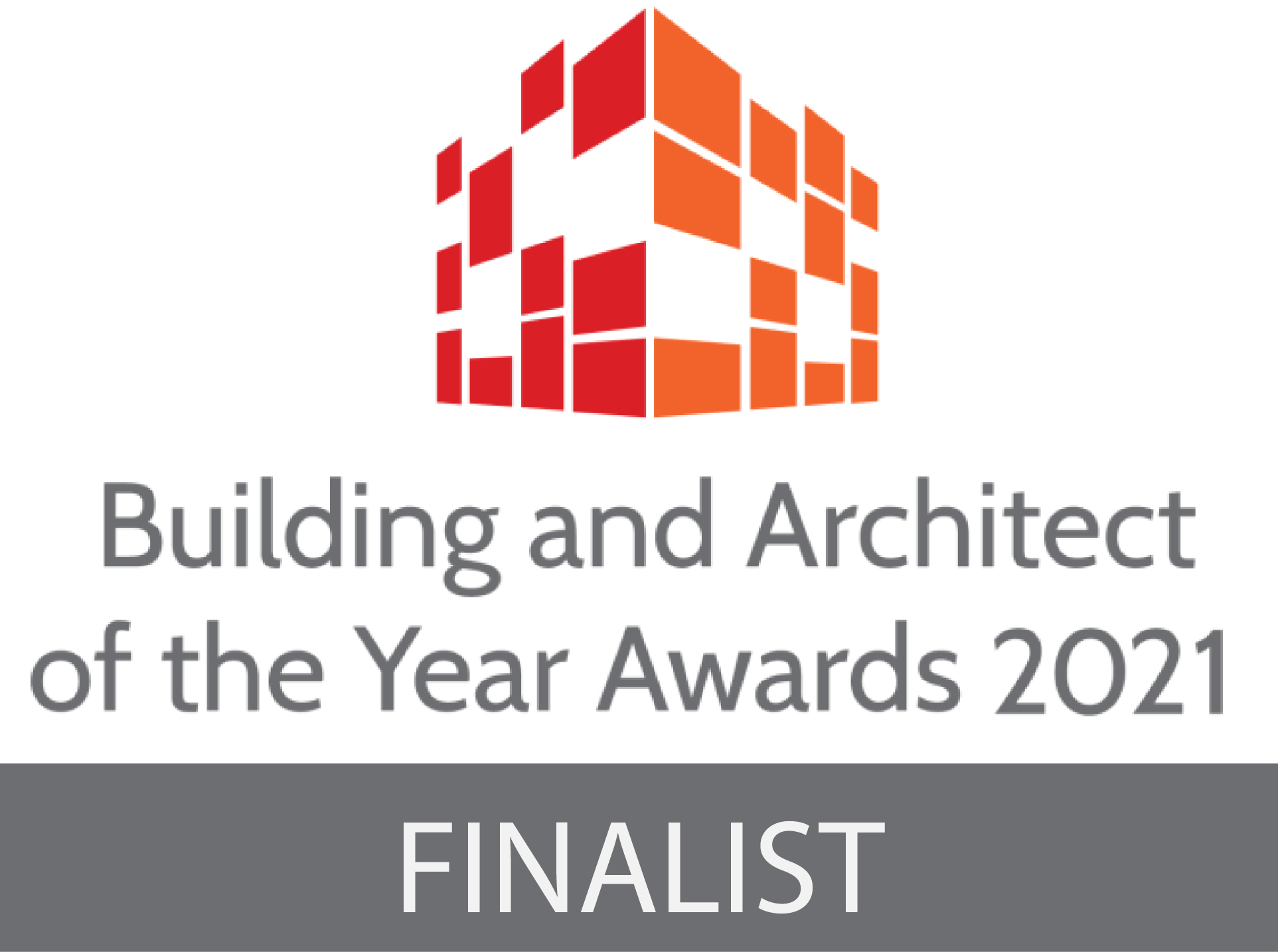
Leave a Reply
You must be logged in to post a comment.